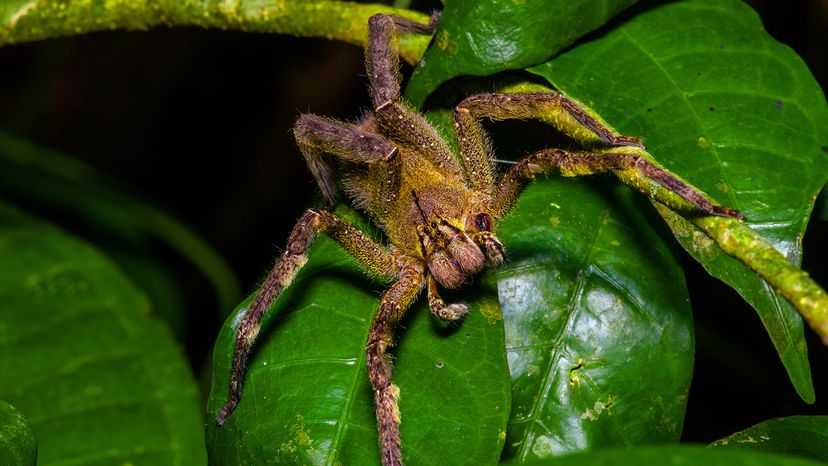
If you're not a big fan of spiders, brace yourself, because the Brazilian wandering spider we're about to go into a lot of detail about one of the most dangerous spiders on the planet. With a venom that can cause intense pain and even some serious medical conditions, it's no wonder people give these critters a wide berth.
Now, these spiders get their name from their behavior; they don't build webs like many of their fellow arachnids. Instead, they wander through the forests and jungles of Costa Rica and other parts of Central and South America in search of food.
Advertisement
They're part of what some people refer to as the banana spiders genus Phoneutria. (We say "some people" because the term "banana spider" actually refers to several different species). Also, fun fact: Phoneutria means "murderess" in Greek.